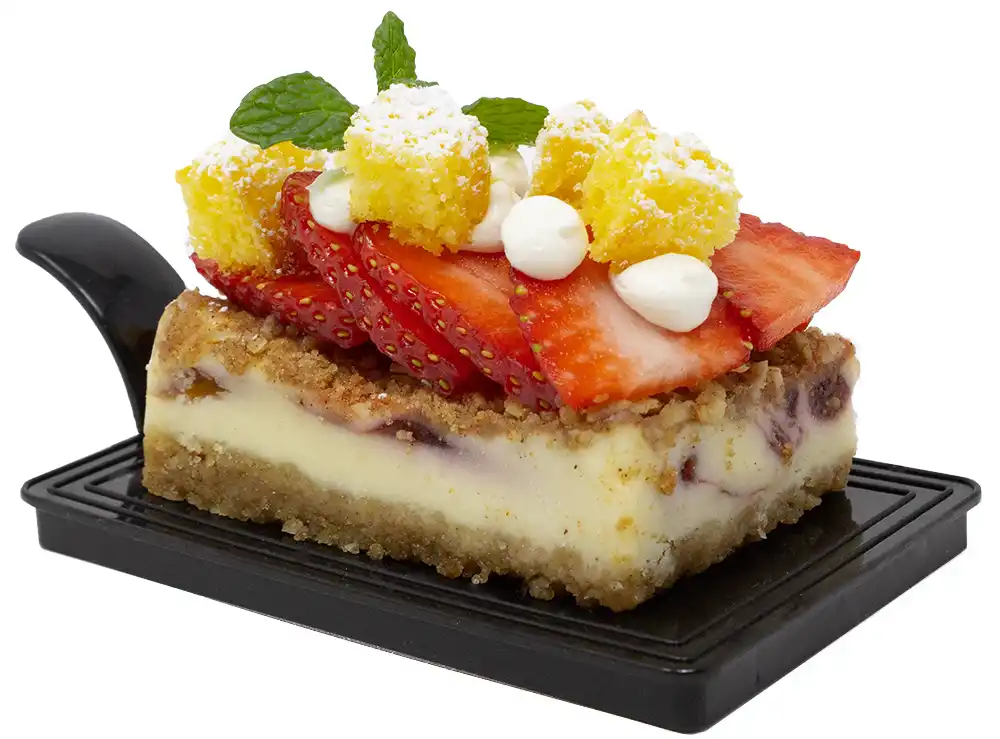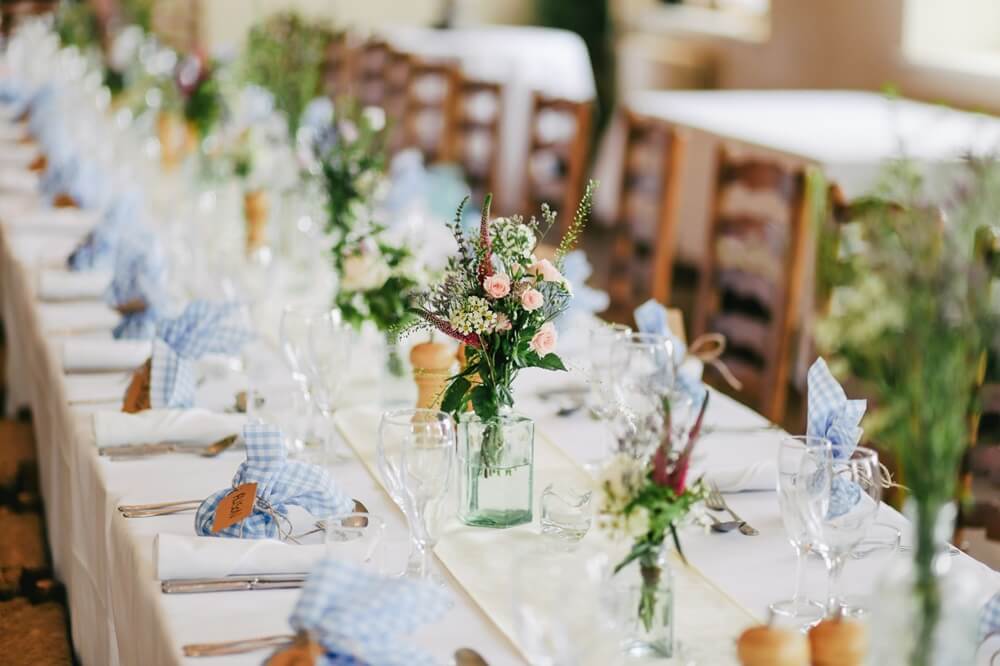A major variable of a successful catering event is the food and meals. However, choosing the right food could prove daunting because the options are limitless. Start asking yourself how you plan on going about this process, and plan ahead of time to ensure you are making the right decisions.
There are ways you can narrow down your options, and luckily, with our help, the following suggestions will make the process much more straightforward and less of a hassle. Use this list when you are stuck or to guide you if this is the first event you are planning.
Table of Contents
Consider Dietary Preferences & Restrictions
When deciding on your menu, it’s imperative to take into account the dietary preferences and restrictions of the guests. While some individuals might choose a lifestyle like veganism, others could have limitations because of health conditions like a gluten allergy. You don’t have to shift the whole menu towards these guests, but it will make the meal more inclusive if you have options for everyone on the table.
Event Tone
How formal is this event? You’re more likely to serve classier dishes at weddings and other formal occasions, while a business event could be more casual with finger foods. The food doesn’t necessarily need to match the event’s tone, but you should have this in the back of your mind when crafting the menu. The more formal the occasion, the grander you can be with the meals.
Seasonal Foods
A huge aspect that could determine what types of ingredients you can serve is the season you are hosting the party. For example, if you want avocados, those are best in the summer and would pair better with summer dishes over items you would serve in the winter. Take a look at what foods will be in season when you plan on having the event, and try to steer clear of ingredients that will be harder to obtain because of the seasonality.
Consider Serving Styles
Have you thought about how you plan to serve the food at the event? This could significantly impact what you serve because different foods work better in different environments. For example, a lambchop drizzled in a sauce would be better plated, while beef tips would be a great buffet item. Your choices include buffets, plated meals, hors d’oeuvres, and action stations.
Buffets
Buffets allow guests to choose the food that is right for them at the catering event. The food here is easier for self-serving and less fancy but more flexible with variety. This option pleases everyone because they can have more or less of a specific type of food—plus, guests can go back for seconds.
Plated Meals
Plated meals offer elegance, especially in formal settings. This allows the event planner to have more control over the presentation of the food if that is important to the client. You can offer various plated options so guests can still choose their meal.
Hors d’Oeuvres
Hors d’oeuvres take the focus off a full meal so guests can enjoy themselves more while casually eating finger foods throughout the night. Pass out appetizers on CMJJ Gourmet’s disposable food tray supplies for an easier cleanup throughout the event. Preparing food like this gives you more creativity, and you won’t have to limit yourself to a few options—pick as many appetizers as you want if that is going to be the only item you serve.
Action Stations
A less popular option is action stations where guests can watch a chef prepare their meal. People can gather around the station and watch the chef fry meat and other foods right in front of them—a hibachi chef is a perfect example of this. However, this would be a better option for smaller events so more guests can enjoy this attraction.
Know the Guests
Have a general idea of what people at the event will want to eat or if they like a certain dish over another. For company and business events, many employers will send out a survey to the employees to get a consensus on what everyone would like to see on the menu. Although events such as weddings might not work for this when the bride and groom are choosing the meals, you should still keep dietary preferences in mind.
Try Food Tastings
When you are completely unsure or want a taste of what you could be having at the event, do a food tasting with the catering company. This opportunity will give you a glimpse into what you could serve, along with how the dishes will look when they prepare them. If an item you found intriguing online doesn’t taste the way you imagined, then you just saved yourself some money by not ordering that dish for your event.
Have Multiple Choices
Regardless of the serving style, have multiple options on the menu so every individual has something they can eat that night. Some people might prefer chicken over steak and vice versa. You still have the freedom to choose the menu, but your guests also get the freedom of choice when there are at least two options.
Choices for Children
The pickiest eaters of all are children, so kids are another variable worth considering. Most children don’t like experimenting with new flavors or textures and mostly enjoy comfort foods. When children are present, ensure you have a selection for them; otherwise, it could be a long night with hungry kids.
Food & Plate Presentation
Lastly, what does the food look like when it is on the plate? You might not like a specific dish because of how it looks, which is perfectly fine. Consider the theme of the event and how the food will look with the decor when you’re browsing through the catering company’s selections.
Consider the routes you could take with the meal planning and keep the above items in mind when you start the process. Ultimately, what you serve at a catering event is up to you and your preferences. Voice your questions and concerns with your catering company so that you can fine-tune the menu for a successful party.

Other Articles
Dessert Menu for Wedding
Key Takeaways Dessert is a memorable highlight of weddings, offering a chance…
Catered Lunch Ideas
Key Takeaways Offering a range of customizable meal options caters to different…
Healthy Catering Options
In a world where convenience often trumps nutrition, finding healthy food catering…
Appetizer Catering for Weddings
A wedding celebration is a symphony of love, and every note must…
Chicken Dishes for Catering
Chicken is always a great choice for catering events and parties. It’s…
Family Reunion Food Ideas
It’s hard to imagine a family reunion without lots of delicious food,…
Cold Buffet Ideas
Hot foods are great for parties, but they have one significant disadvantage…
Catering for Picnics: Ideas, Hints and Tips
Picnics blend the simple joy of outdoor dining with the delight of…
How To Tell if a Container Is Microwave Safe
An important question, indeed. Not every container we buy, receive, or use…















